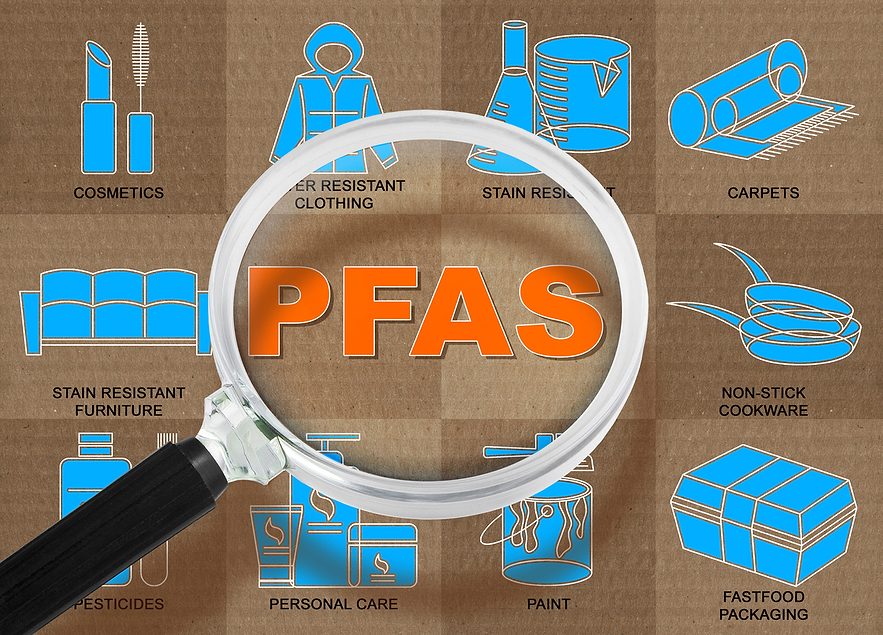
The presence of harmful PFAS chemicals revealed in formal declarations by companies increased by 30% between January and June of 2025, according to one report, showing how companies must confront just how pervasive these so-called “forever chemicals” have become in the supply chain. These “PFAS declarations” serve as a tool for businesses and consumers to understand material composition and meet growing regulatory demands, which include reporting requirements by agencies like the EPA under TSCA.
According to a July 1 analysis from sustainability management platform Assent of more than 4.5 million supply chain declarations, 3% of all declarations submitted by over 450 client companies contained at least one per- or polyfluoroalkyl substance (PFAS), more commonly known as “forever chemicals.” PFAS are often found in everyday products, don’t break down naturally, and have been linked to a range of serious health complications from long-term exposure. More than 80% of those companies reported finding PFAS somewhere in their supply chains, and regulatory experts at Assent predict that virtually 100% of manufacturers will likely see the chemical appear in their products at some point down the line.
The study documented 695 unique PFAS variants in items ranging from coatings to polymers. Polytetrafluoroethylene (PTFE) was found in more than half of all declarations, the most of any chemical by far. PTFE is widely used in nonstick cookware and waterproof clothing, and is non-toxic in its solid form, but can release toxic fumes when exposed to extreme heat. Perfluorooctanoic acid (PFOA) was also found in 1.7% of declarations, a number that Assent vice president Cally Edgren described as “surprising,” given that PFOA was fully phased out of U.S. manufacturing between 2006 and 2015, and was restricted in Europe under the Stockholm Convention in 2019.
Assent’s findings also revealed a troubling number of PFAS “exceedances,” instances where reported levels surpassed legal or regulatory thresholds. More than 250,000 exceedances were flagged in the dataset, underscoring how widespread PFAS use has become, and how many manufacturers may already be out of compliance without even knowing.
Edgren further warned that many of these PFAS are buried deep in complex global supply chains, where they can appear as trace additives in coatings, sealants, wiring insulation, and other components that manufacturers may not be fully tracing. That hidden presence, she noted, poses growing legal risks, particularly as the U.S. and Europe have sought to impose strict bans, cleanup requirements and liability rules on companies whose products contain PFAS.